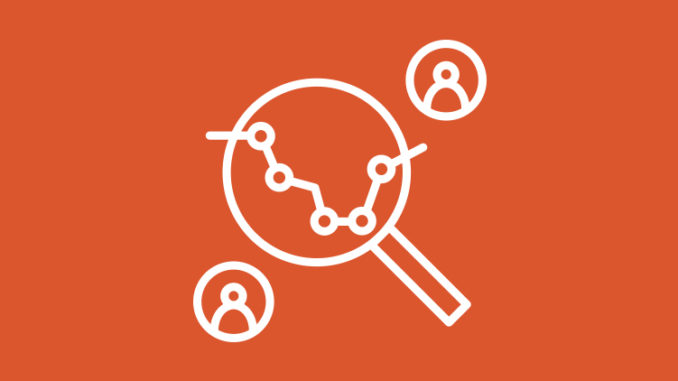
Working in the analytics department at Crowley Webb, I know just how valuable quantitative research for digital marketing can be for identifying the right audience. But don’t take my word for it – the research speaks for itself.
Digital marketing experts have estimated that the average American sees or hears more than 4,000 ads each day. This might sound like an exaggeration, but this estimation succinctly emphasizes just how many messages consumers are weeding through every day. Although delivering a specific message to as many people as possible is a primary goal of advertising, it is also essential that your business directly reaches its target audience through a message’s tone and content.
Target audiences are the subset of the population that is most interested in the product or service you are selling. They represent the “cool kids” of the marketing world, so to speak, in that we want them to pay attention to us and like what we’re putting out there for them. Whether we’re selling woodworking clamps to professional construction workers or orchestra tickets to music fans, we need to understand the demographics of these most sought-after groups so we can effectively reach them with our message.
It may seem like target audience demographics are obvious: professional woodworkers are middle-aged males, and fans of orchestral music are older, wealthy individuals, right? Well, not necessarily.
The growing majority of businesses have come to realize that it isn’t enough to make big marketing decisions on a whim, a hunch, or a best guess. Rather, it is now often considered a necessity to have evidence that helps guide these decisions with confidence and certainty – evidence in the form of numbers, specifically quantitative research for digital marketing.
Conducting a quantitative market research study can provide the evidence needed to be confident in your target audience demographics. In its most basic form, quantitative market research uses survey questions designed to assess consumer perceptions, attitudes, opinions, and beliefs, which can then be segmented by respondents’ demographic characteristics.
Quantitative research has several important advantages over other research techniques in that surveys can be distributed to a relatively large sample in a short amount of time (thank you, internet!), which ultimately leads to less of a financial investment than other timelier, resource-intensive methodologies. Consumer responses are also easily quantifiable because of their numeric form, making analyzing the data an efficient and less time-consuming endeavor.
With the support of data-driven insights about the target audience for your business, you can be more certain of whom you should be directing your messages to and how best to communicate with them. Creating the content and tone best suited for the groups most interested in what you have to offer will allow your business to communicate via the most appropriate outlet and design attention-grabbing and inspiring ads that can drive the results you’re looking for.
The post Why quantitative research for digital marketing? Because it’s important. appeared first on Crowley Webb.
